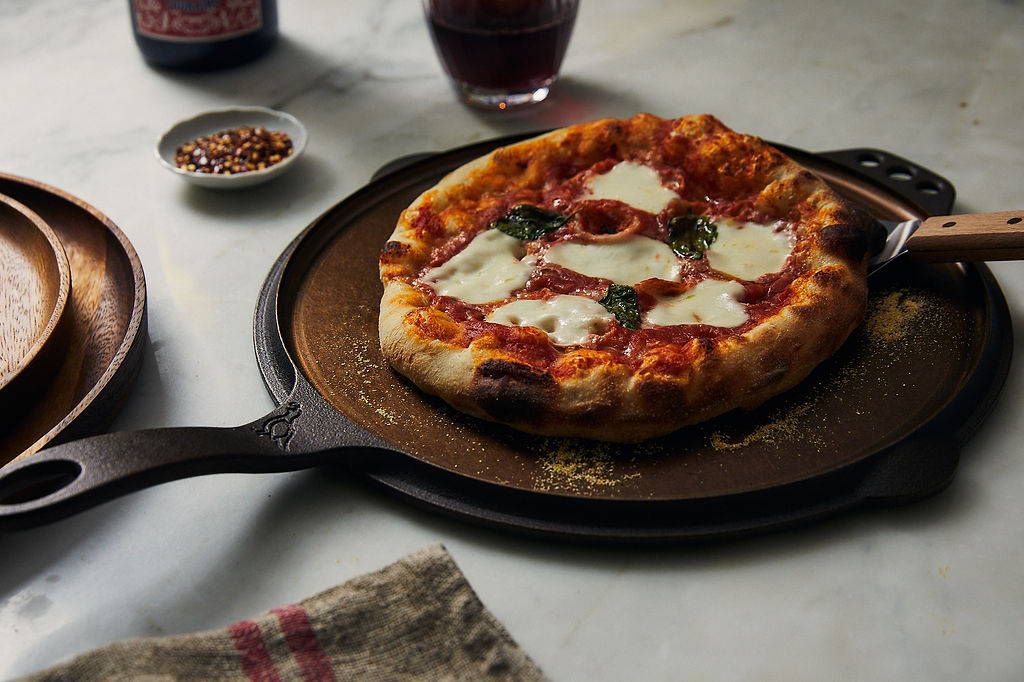What Is a Griddle?
A griddle is a versatile cooking device that features a flat, broad surface designed for cooking a variety of foods. It is commonly used in both home and commercial kitchens for preparing breakfast items, sandwiches, and other dishes that benefit from even heat distribution. This article will explore the various aspects of griddles, including their history, types, uses, benefits, and maintenance, as well as provide a comprehensive FAQ section.
History
The origin of the griddle can be traced back to ancient cooking methods. Historically, griddles have been used in various cultures around the world. The word “griddle” is derived from the Latin word “craticula,” which means “small griddle.” In ancient Rome, flat cooking surfaces were made from stone or metal and were heated over an open flame.Over the centuries, griddles evolved into different forms, including:
- Traditional Griddles: Made from materials like clay, stone, or cast iron, these were heated directly over a fire.
- Modern Griddles: Today, griddles are typically made from materials such as stainless steel, aluminum, or non-stick coatings and can be powered by gas or electricity.
Types of Griddles
Griddles come in various types, each designed for specific cooking methods and preferences. The following table summarizes the most common types of griddles:
| Type of Griddle | Description |
|---|---|
| Electric Griddle | A standalone appliance that uses electricity to heat a flat cooking surface. Often features temperature controls and non-stick surfaces. |
| Stovetop Griddle | A flat pan that can be placed on a stovetop burner. Usually made of cast iron or non-stick material. |
| Commercial Griddle | Larger griddles used in restaurants and food trucks, often powered by gas or electricity and designed for high-volume cooking. |
| Plancha | A type of griddle popular in Spanish and Latin American cuisine, typically made of cast iron and used for searing meats and vegetables. |
Uses
Griddles are incredibly versatile and can be used to prepare a wide variety of dishes. Some common uses include:
- Breakfast Foods: Cooking pancakes, eggs, bacon, and French toast.
- Sandwiches: Grilling cheese sandwiches, paninis, and burgers.
- Stir-Fries: Sautéing vegetables and proteins for stir-fried dishes.
- Flatbreads: Cooking tortillas, naan, and other flatbreads.
- Searing: Searing meats and fish for a flavorful crust.
Benefits of Using a Griddle
Using a griddle offers several advantages over traditional cooking methods:
- Even Heat Distribution: Griddles provide a flat surface that distributes heat evenly, ensuring consistent cooking results.
- Large Cooking Surface: The spacious design allows for cooking multiple items simultaneously, making it ideal for family meals or gatherings.
- Versatility: Griddles can be used for various cooking methods, including frying, searing, and grilling.
- Easy Cleanup: Many modern griddles feature non-stick surfaces that make cleaning simple and quick.
- Healthier Cooking: Griddles often require less oil than frying pans, leading to healthier meal options.
Choosing the Right Griddle
When selecting a griddle, consider the following factors:
- Material: Choose between cast iron, stainless steel, or non-stick materials based on your cooking preferences and maintenance requirements.
- Size: Consider the size of your kitchen and the number of people you typically cook for. Larger griddles are great for families, while smaller ones are suitable for individuals or couples.
- Power Source: Decide between electric or stovetop griddles based on your cooking style and available appliances.
- Features: Look for features such as temperature control, removable plates, and non-stick coatings for added convenience.
Maintenance and Care
Proper maintenance is essential for extending the life of your griddle. Here are some tips for keeping your griddle in top condition:
- Cleaning: After each use, allow the griddle to cool slightly, then wipe it down with a damp cloth or sponge. For tougher stains, use a non-abrasive cleaner.
- Seasoning: If you have a cast iron griddle, season it regularly to maintain its non-stick surface and prevent rust.
- Storage: Store your griddle in a dry place to avoid moisture buildup, which can lead to corrosion.
- Avoiding Overheating: Do not overheat your griddle, as this can damage the non-stick coating or warp the surface.
Conclusion
A griddle is a versatile and essential cooking tool that can enhance your culinary experience, whether you are cooking for yourself or entertaining guests. With its ability to cook a wide variety of foods evenly and efficiently, a griddle is a valuable addition to any kitchen.
FAQ
Q1: What is the difference between a griddle and a grill?
A1: The main difference is that a griddle has a flat cooking surface, while a grill has raised ridges that create grill marks on food. Griddles are ideal for cooking items that require flipping, while grills are better for foods that benefit from char and smoke.
Q2: Can I use a griddle on an induction cooktop?
A2: Yes, but ensure that the griddle is compatible with induction cooktops. Look for griddles made from magnetic materials, such as cast iron or stainless steel.
Q3: What types of food can I cook on a griddle?
A3: You can cook a wide range of foods on a griddle, including breakfast items (pancakes, eggs, bacon), sandwiches, stir-fries, and flatbreads.
Q4: Are electric griddles better than stovetop griddles?
A4: It depends on personal preference. Electric griddles offer consistent temperature control and are easy to use, while stovetop griddles can be used on any burner and may be more versatile for certain cooking methods.
Q5: How do I clean a griddle?
A5: Allow the griddle to cool slightly, then wipe it down with a damp cloth or sponge. For stubborn stains, use a non-abrasive cleaner. If you have a cast iron griddle, avoid using soap and instead use hot water and a stiff brush.



